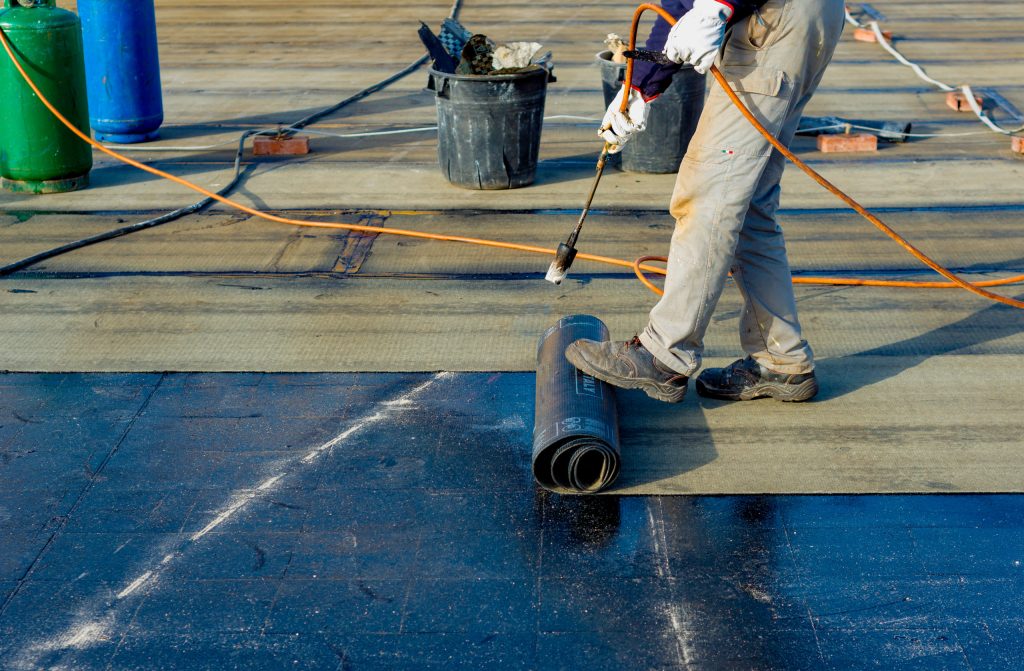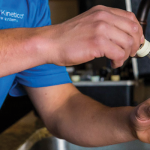
Waterproofing membranes assume an essential part in safeguarding structures from dampness harm. With progressions in innovation, a few kinds of membranes are accessible, each with its novel highlights and applications.The rooftop waterproofing involves applying a specialized membrane or coating to protect the roof from water infiltration. In this article, we will investigate probably the most widely recognized sorts of waterproofing membranes and their qualities.
Bituminous Membranes
Bituminous membranes are among the most broadly utilized waterproofing materials. They are produced using a combination of bitumen and different modifiers like polymers and fortifications. These membranes are generally applied as sheets or rolls and are light applied or self-glue. Bituminous membranes offer fantastic solidness and protection from UV radiation and high temperatures. They are great for underneath grade applications, like establishments, storm cellars, and passages. Nonetheless, they may not be reasonable for regions with a high gamble of development or where direct openness to daylight is a worry.

Thermoplastic Membranes
Thermoplastic membranes are made from polymers like PVC (polyvinyl chloride) or TPO (thermoplastic olefin). These membranes are profoundly adaptable and can be introduced utilizing different techniques, including hot air welding and dissolvable welding. Thermoplastic membranes are known for their excellent protection from synthetics, UV radiation, and penetrates. They are usually utilized for material applications, including level rooftops and green rooftops. These membranes offer a long help life and are effectively recyclable, making them harmless to the ecosystem.
EPDM Membranes
EPDM (ethylene propylene dieneterpolymer) membranes are manufactured elastic membranes generally utilized in waterproofing applications. They are profoundly impervious to enduring, ozone, and UV radiation, making them reasonable for both above-grade and underneath grade establishments. EPDM membranes are accessible in huge sheets and can be precisely affixed, completely stuck, or ballasted. They are usually utilized for material, court decks, and lake liners. EPDM membranes have a demonstrated history of toughness and are known for their simplicity of establishment and fix.
Cementitious Membranes
Cementitious waterproofing membranes are produced using a combination of concrete, sand, and polymers. These membranes are normally applied as a slurry or covering and can be supported with textures or membranes for added strength. Cementitious membranes offer incredible breathability, making them reasonable for regions with high dampness fume transmission. They are generally utilized in cellars, pools, and water tanks. These membranes give great attachment to different substrates and can endure both positive and negative hydrostatic strain.
With regards to waterproofing membranes, there is nobody size-fits-all arrangement. The decision of film relies upon variables like the application, substrate, natural circumstances, and spending plan. Bituminous membranes, thermoplastic membranes, EPDM membranes, and cementitious membranes are a portion of the normally accessible choices, each with its benefits and reasonable applications. Talk with an expert waterproofing master to decide the best film for your particular necessities.
Therefore, rooftop waterproofing is a crucial process that involves the meticulous application of advanced membranes or coatings to create a reliable barrier, effectively preventing water infiltration and safeguarding the structural integrity of rooftops, thus prolonging their lifespan and reducing the risk of costly water-related damages.









